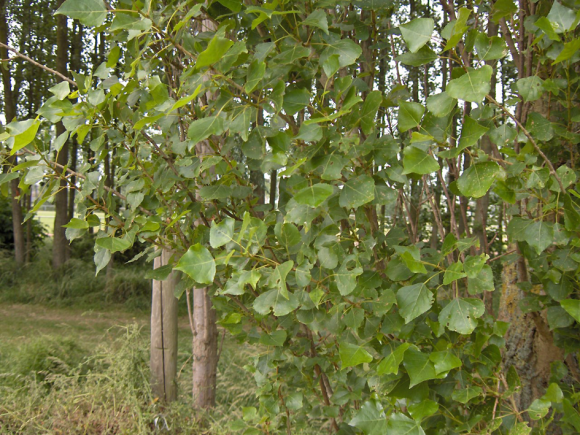11 September 2022 | By Anneke Lincoln Schoeman
Genetic data from parasites can act as tags, revealing the translocation of their hosts. In a recent study by Anneke Lincoln Schoeman, former C∙I∙B funded student, and co-authors demonstrated the widespread translocation of the African Clawed Frog across South Africa by using a flatworm parasite.
The African Clawed Frog, Xenopus laevis, is a globally invasive amphibian that is native to southern Africa. It has been moved around extensively globally and domestically due to its use as a model research animal and biological pregnancy test in the mid-1900s.
One of its parasites, Protopolystoma xenopodis, which lives in the bladder of the frog, has accompanied it to much of its invasive range. This parasite is very host-specific and has a direct life cycle, which means that its genetic differences between different parts of southern Africa will shed light on the genetic differences in the host. If these genetically distinct parasites are found in areas where they do not historically belong, it can be assumed that it (and its host) has been moved.
For their study, Schoeman and her co-authors used this frog-parasite system as a proof of concept that parasite phylogeography can give information on the mysterious movements of their hosts. To do this, Schoeman sampled frogs from different areas in southern Africa and from the species’ invasive range in France and Portugal.
After performing phylogeographic analyses on the sampled frogs and their parasites, the authors found genetically distinct “southern” parasites on frogs in the north, indicating that some form of movement took place in the past. What makes this interesting is that, at the study’s level of sampling, the frog’s genetic make-up revealed nothing of this movement.
“Parasites are often forgotten in invasion biology. Yet, on average, every free-living invader takes three parasite species along with it for the ride. Our study’s findings are important as we can show future investigators how to go about to use parasites in invasion research for animals where sample size might be a problem,” says Anneke Schoeman, lead author of the study published in the Journal of Applied Ecology. “This was not a problem for a widespread study species like ours but can become an important consideration when you work with animals that are difficult to obtain or endangered.”
Read the full paper published in Journal of Applied Ecology
Schoeman, A.L., du Preez, L.H., Kmentov ́, N. & Vanhove, M.P.M (2022). A monogenean parasite reveals the widespread translocation of the African Clawed Frog in its native range. Journal of Applied Ecology. https://doi.org/10.1111/1365-2664.14271
For more information, contact Anneke at anneke.lincoln@gmail.com




